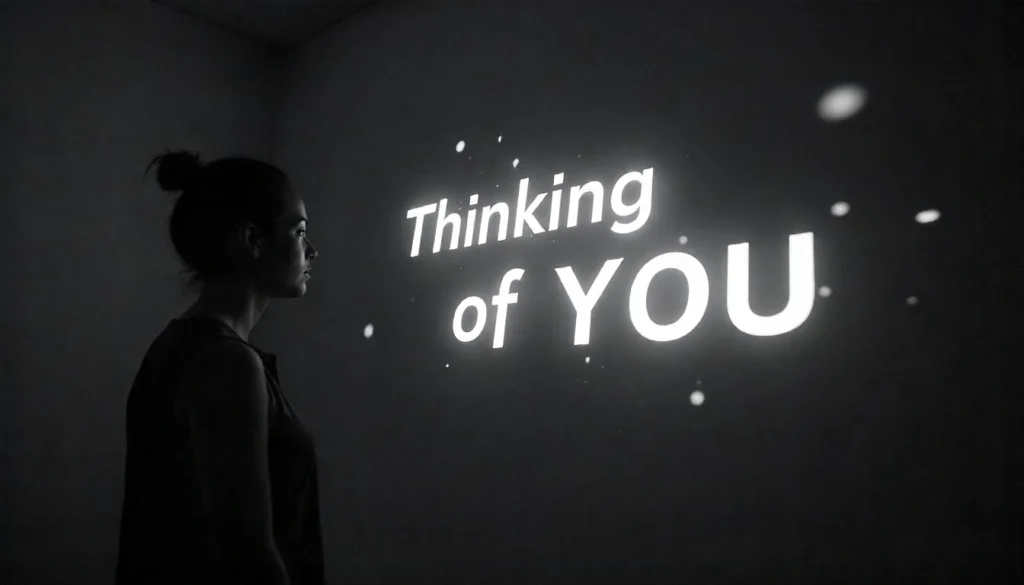Introduction
Bad Thinking Diary is a Yuri manhwa that delves into themes of forbidden love, self-discovery, and inner conflict with remarkable emotional depth. The story follows the evolving relationship between Minji and Yuna, exploring their psychological struggles and the emotional turmoil that comes with suppressed desires and societal expectations. This analysis examines the complexity of their character arcs, the emotional layers within the narrative, and how the manhwa distinguishes itself within the Yuri genre.
Themes of Forbidden Love and Self-Discovery
One of the central themes in Bad Thinking Diary is the exploration of love that challenges societal norms and personal boundaries. Minji and Yuna’s relationship is filled with hesitation, confusion, and deep longing, which makes their journey both emotionally intense and psychologically intricate. The story captures the tension between their desires and their fears, portraying their struggle with self-acceptance and the consequences of acting on their emotions.
As they navigate their evolving feelings, both characters experience significant self-discovery. The manhwa portrays how love, when perceived as forbidden, can lead to self-doubt, internalized guilt, and conflicting emotions. Through intimate moments and heart-wrenching interactions, the narrative provides a raw and authentic look at their internal battles.
Character Analysis: Minji and Yuna
Minji’s Emotional Journey
Minji is introduced as a reserved and somewhat naïve character who is unaware of the depth of her feelings for Yuna. Throughout the story, she undergoes a transformation as she confronts emotions she never anticipated. Initially hesitant and fearful of crossing boundaries, she struggles with self-doubt and the anxiety of acknowledging her true desires.
Her development is marked by moments of vulnerability and emotional turmoil. As the story progresses, Minji learns to embrace her emotions, gradually shedding her insecurities. Her journey is a powerful representation of self-acceptance, making her one of the most emotionally complex characters in the manhwa.
Yuna’s Conflicted Emotions
Yuna, in contrast, is more confident and assertive but is equally plagued by inner turmoil. She harbors deep affection for Minji but struggles with her own fears—of rejection, of ruining their friendship, and of confronting her own vulnerability. Yuna’s assertiveness masks her insecurities, making her character both compelling and multi-layered.
Unlike Minji, who is initially unaware of her feelings, Yuna is acutely aware of her attraction but wrestles with how to act upon it. Her character evolution is shaped by moments of jealousy, longing, and emotional pain, which add depth to her persona. The dynamic between her bold exterior and inner fragility adds layers of realism to the story.
The Storytelling Techniques and Unique Aspects of Bad Thinking Diary
Psychological Realism and Emotional Intensity
What sets Bad Thinking Diary apart from many other works in the Yuri genre is its focus on psychological realism. The manhwa does not rush the development of Minji and Yuna’s relationship, instead allowing emotions to build gradually. The narrative thrives on subtle expressions, body language, and unspoken tension, making every interaction feel deeply personal and impactful.
Comparisons with Other Yuri Works
Compared to other Yuri stories such as Bloom Into You and Citrus, Bad Thinking Diary leans more into emotional complexity and adult themes. While Bloom Into You focuses on self-discovery in a more delicate, introspective manner, and Citrus emphasizes external conflict and dramatic tension, Bad Thinking Diary balances both psychological depth and intense emotional storytelling.
The manhwa’s use of intimate moments, dream sequences, and internal monologues enhances its emotional impact. It does not rely solely on external obstacles but rather delves into the psychological barriers that the characters impose on themselves.
Conclusion
Bad Thinking Diary is a deeply emotional and psychologically intricate Yuri manhwa that stands out for its realistic portrayal of forbidden love, self-discovery, and inner conflict. Through the evolving relationship between Minji and Yuna, the story explores the complexities of love, fear, and self-acceptance in a way that feels authentic and deeply moving. Its unique storytelling techniques and character-driven narrative make it a standout work in the Yuri genre, offering readers a powerful and emotionally resonant experience.
For more insights into human psychology and decision-making, check out our article on Thinking, Fast and Slow here.





